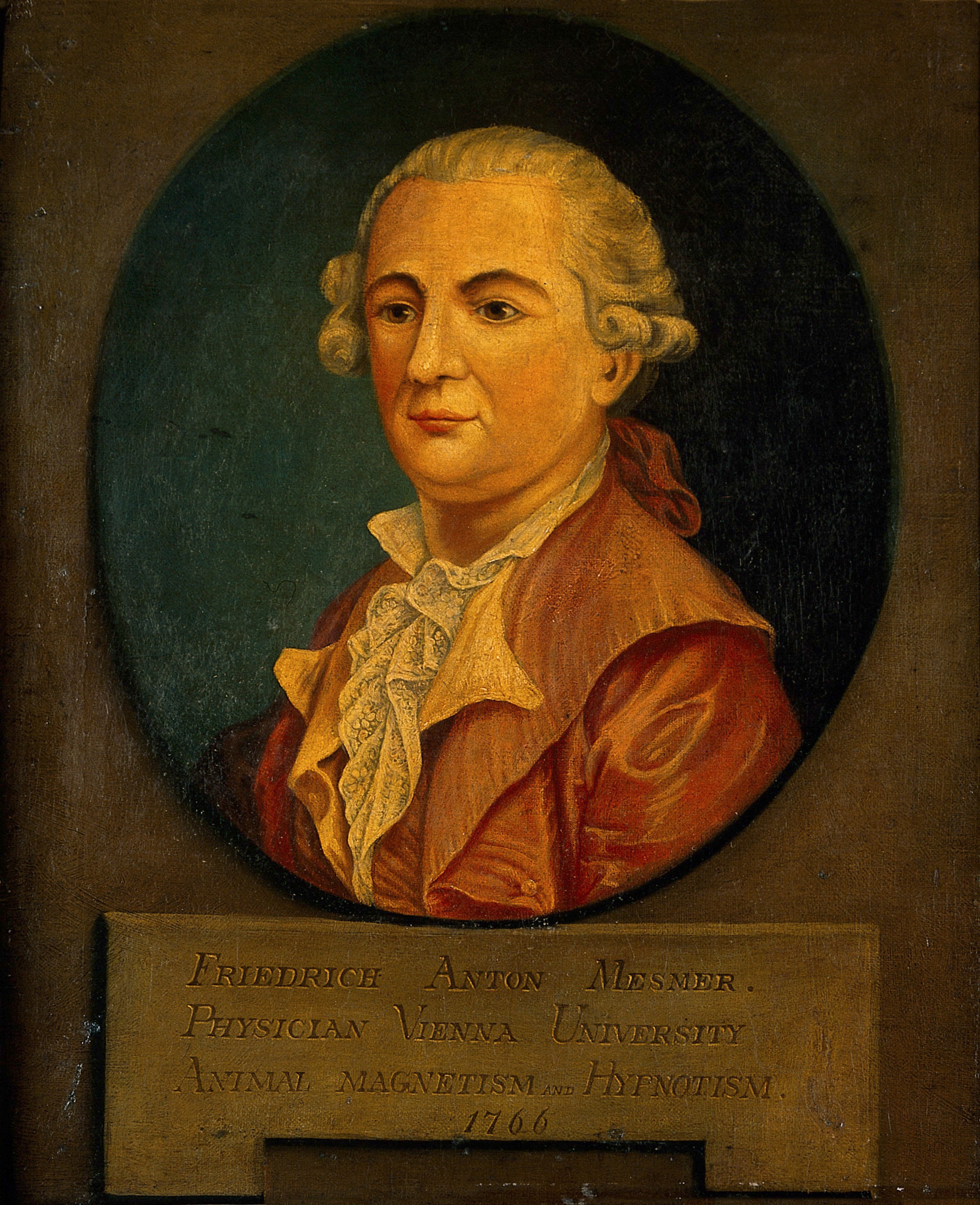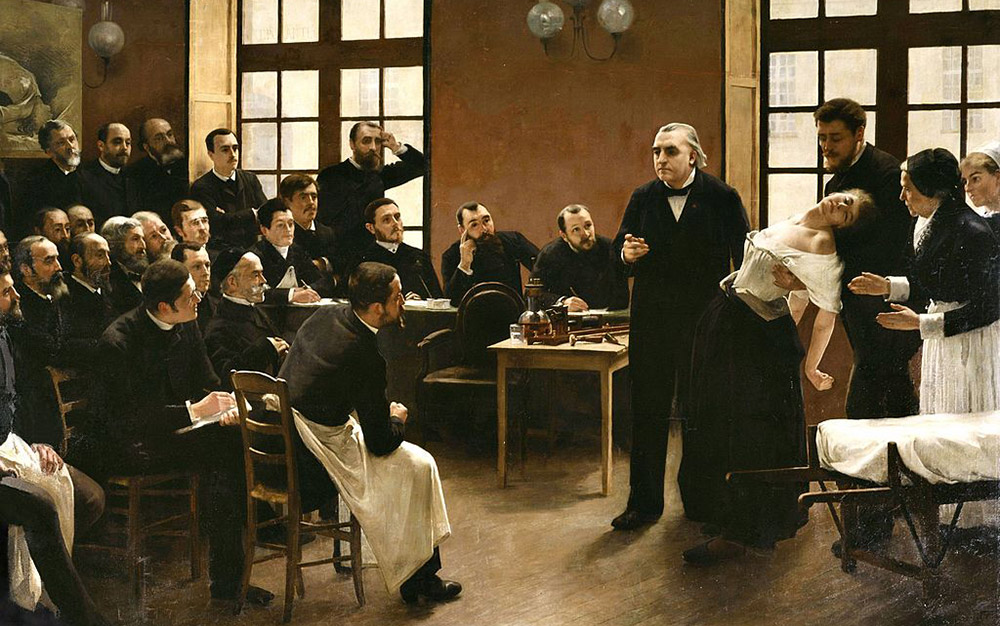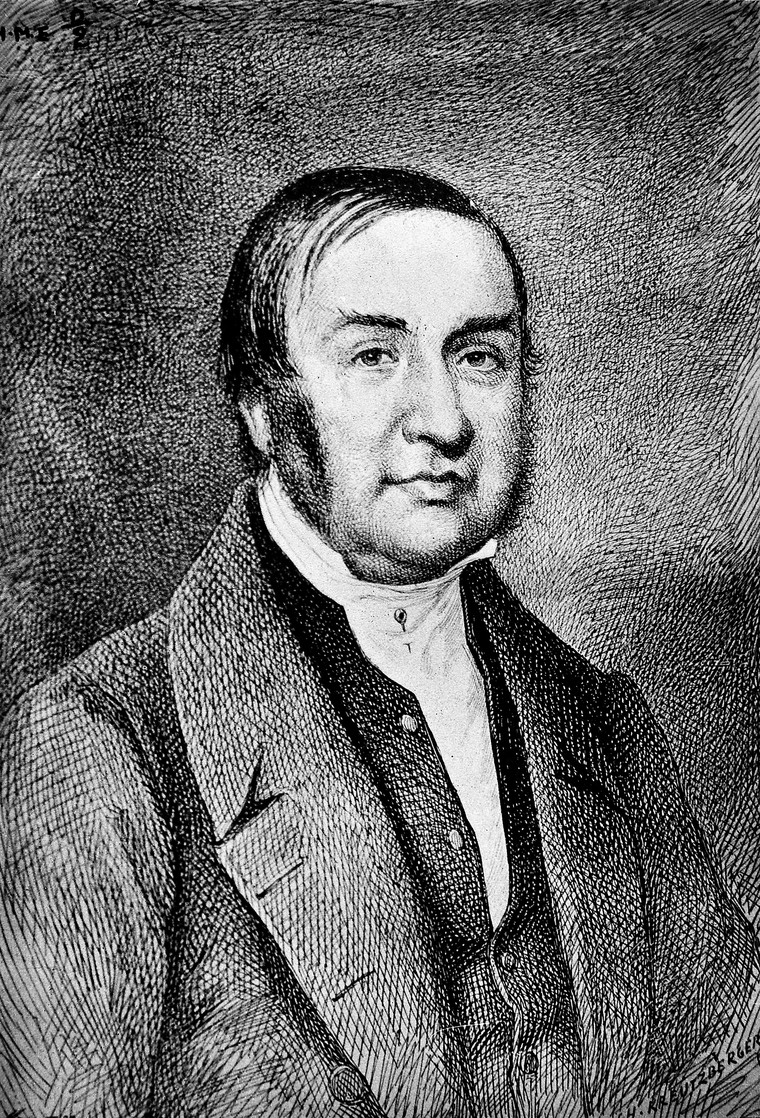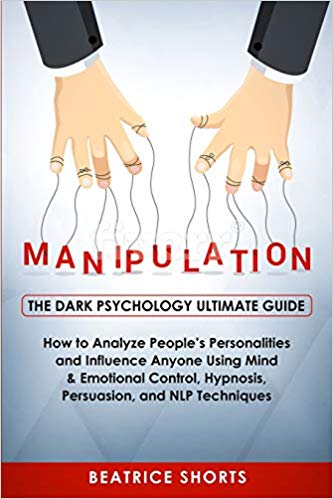Read this article, line by line, slowly till the end. You are under our control now. When you are done reading, you will know everything about hypnosis.

Image by Gordon Johnson from Pixabay
Hypnotism – A Brief History
Hypnotism – the name was not invented till 1850. Hypnosis has been there for centuries and was found in several ancient civilizations and religions but it still remains a complex subject and there is a widespread misunderstanding as to what it really is. The concept of hypnosis which had struggled for scientific acceptance has picked up steam and is now offered as an alternative treatment for many disorders.
If it had not been for the Austrian physician Frederick Anton Mesmer (1733-1815) and his Animal Magnetism, we would never have heard of hypnotism. According to Franz Mesmer, a force field surrounding people distributed evenly among healthy people and distributed unevenly among unhealthy people.

Friedrich Anton Mesmer Credit: Wellcome Collection
He believed that the force field of a person if redistributed can restore good health. He initially used magnets at first but then later came to believe that a healer’s touch with a powerful magnetic force could bring in the same results.
Times changed, science was taken more seriously and Mesmer’s claims of supernatural powers were doubted. In 1784, Louis XVI of France who had become suspicious, formed two commissions with a panel of eminent scientists – including Antoine Lavoisier, the father of modern chemistry, Dr. Joseph-Ignace Guillotin and Benjamin Franklin, then the American ambassador to France, to investigate the claims made by Anton Mesmer. Mesmer’s science was rejected and his claims were discredited by the commissions but the medical sphere continued to be interested in its potential.

A Clinical Lesson at the Salpêtrière painted by Pierre Aristide André Brouillet (1857-1914) shows Jean-Martin Charcot. Courtesy Wikipedia
Jean-Martin Charcot one of the greatest 19th-century hypnotists was born in Paris, France, in late 1825. Charcot, a noted neurologist and professor of anatomical pathology, took an interest in the malady then called hysteria which he proposed was an inherited nerve disease and was the result of a weak neurological system. He employed the technique of hypnosis to study the disease. Charcot believed that a hypnotized state was very similar to hysteria, so he hypnotized his patients to induce their symptoms and study them. He invoked characteristic symptoms in male and female hysterics in lectures by applying pressure on the body of the hypnotized patient to specific spots.
Where does the term Hypnosis come from?
Hypnosis is derived from the Greek word hypno meaning sleep.
We owe the scientific character of modern hypnotism to a Scottish surgeon named James Braid (1795–1860), who invented the name hypnotism in 1843.

Portrait of James Braid. Credit: Wellcome Collection
He was the first to use the word hypnotism and also showed that it was achieved by suggestion debunking the science of animal magnetism or mesmerism. Braid found that an abnormal condition of sleep or suggestibility could be induced by the subject concentrating the gaze on an inanimate object. He called this neuro-hypnotism, a term later shortened to hypnotism.
The results of his study were so significant that hypnotism was sometimes called Braidism. Many consider him as the first true hypnotherapist and the Father of Modern Hypnotism.
What is Hypnosis?
Hypnosis is a complex subject. A search using Google brings up a whole range of confusing definitions.
Hypnosis is defined as an event or ritual between a hypnotist and a hypnotic subject where both agree to use suggestions to bring about a change in perception or behavior.
It is in many ways a collaborative exercise between the hypnotist and the individual wanting to be hypnotized. If the individual is not interested, lacks focus or has no desire to change, he cannot be hypnotized. It is impossible to hypnotize someone against their will. A state of hypnosis can be achieved only by extreme physical relaxation and an elevated state of consciousness.
How Hypnosis actually works?
Only about 10% of the population is generally categorized as highly hypnotizable, and the technique is widely used to treat pain management and anxiety.
A group of researchers from the Stanford School of Medicine used brain imaging to see the neural changes associated with hypnosis by scanning the brains of subjects while they were under hypnosis. The team brought 57 individuals together, some of whom were extremely prone to hypnotic trance states, while others were not at all hypnotizable.
They used functional magnetic resonance imaging (fMRI) to investigate the activity. The study that was published in Cerebral Cortex showed that 3 distinct sections of the brain have altered activity and connectivity while someone is being hypnotized.
- Decreased activity in a region known as the dorsal anterior cingulate cortex.
- This is the region of the brain known to be critical for error detection and conflict monitoring. It works by retrieving information and evaluating contexts, which helps in deciding what to worry about and what to ignore in any given particular situation. Decreased activity shows hypnotized people are able to suspend judgment and immerse themselves in something, and not worrying about anything else.
- The connections between two other areas of the brain—the dorsolateral prefrontal cortex and the insula—were increased. These are parts of the brain that give people the ability to separate the thoughts in their heads from the feelings in their bodies. It is a connection between the brain and body that helps the process of the brain and controls what is happening in the body.
- Reduced connections between the dorsolateral prefrontal cortex and the medial prefrontal and the posterior cingulate cortex. Hypnotized people tend not to be so self-conscious and are able to do things they wouldn’t normally do. This kind of disassociation between action and reflection during hypnosis allows the person to engage in activities suggested by a clinician or self-suggested without devoting mental resources to being self-conscious of the activity. This explains why a person in a hypnosis stage demonstration can end up doing awkward things and not be embarrassed.
The study resulted in a deeper understanding of how hypnosis actually works.
What is Self-Hypnosis?
As the name suggests self-hypnosis is when an individual puts himself in a state of hypnosis. It is possible to teach self-hypnotic techniques to patients to induce relaxation to remove stress and/or strengthen their self-esteem. Specifically, the therapist uses verbal repetition and mental images to communicate messages to the patient once the patient is in a self-hypnotic state, allowing the relaxation and strengthening process to take place. One usually feels calm and relaxed when under hypnosis and is more open to suggestions.
What is Hypnobirthing?

Breathing exercises. (Representative image) Image by Tawny van Breda from Pixabay
Hypnobirthing is a modern method of pain management while giving birth. With the help of hypnosis techniques, the mother can alleviate pain, stress, and discomfort by bringing her body to a state of deep relaxation in which the body’s muscles can function as they are supposed to do during childbirth. The process involves breathing techniques, mindfulness, meditation, and visualizations.
A study conducted to explore their views and experiences of using self-hypnosis during labor and birth resulted in unexpected consequences. Women were surprised by their increased sense of calm and relaxation after the first session.
Celebrities who used hypnobirthing include Angelina Jolie, Gisele Bundchen, Giovanna Fletcher, and Kate Middleton.
Hypnosis for Cancer and Pain management
Research over the past 20 years has shown that hypnosis can be effective in the management and treatment of acute and chronic cancer-related pain. There is significant evidence that hypnosis when practiced by well-trained, experienced, licensed health-care providers, can reduce symptoms of cancer such as pain, nausea and vomiting, fatigue and anxiety. Top cancer hospital hospitals such as the Memorial Sloan Kettering Center (MSKCC) use hypnosis to help patients cope with chronic illness, depression, and stress. The National Comprehensive Cancer Network (NCCN) guidelines recommend hypnosis to be used as a complementary medicine alongside standard therapies to cope with side effects such as nausea, vomiting, and fatigue.
Anesthetists are turning to hypnosis and help children with relaxation techniques to help them cope with medical tests and interventions.
Hypnosis in Dental treatment.
Despite increased awareness and technological advancements, dental fear remains one of the major problems for dentists and their patients. Fear and anxiety can cause patients to cancel appointments or simply skip their appointments on the day.
According to several Dental Fear Surveys (DFS), 10% to 20% of adults in the U.S. avoid regular dental treatment due to extreme dental fear. Hypnosis can be a powerful non-pharmacological tool in dentistry to providing effective sedation, and help patients recovering from dental anxiety and phobia as well as those with a severe gag reflex. Hypnosis as a treatment for dental anxiety has been published, including clinical trials comparing hypnosis with other behavioral methods and normal treatment protocols.
What you should know before you try hypnotherapy
It is important to know that hypnotherapists are not doctors. But there are certified hypnotists. So first thing one should do is find a certified hypnotherapist. Any fear of being hypnotized will always reduce any hypnosis session’s likelihood of success. Hypnotherapy, although not a mainstream weight-loss method can be a useful tool for those very keen to lose weight. Studies have shown that results for weight-loss are better in a longer treatment time as the impact of hypnosis increases over time. Hypnotherapy may help alleviate pain, lose weight, fight addiction, lower stress, anxiety, etc but cannot be used to cure many diseases such as cancer or heart disease. It is not recommended to discontinue any medicine without consulting your physician.
Forensic Hypnosis
Forensic hypnosis as a tool, when used by law enforcement agencies, can aid the investigative process but only in some limited cases. In the past, victims and witnesses were able to recall some details of the crime while in a hypnotic state. Investigations using Forensic Hypnosis is legal and allowed in some countries.
A recent study published in the journal of law and criminal justice found that hypnosis does not reliably increase the accuracy of eyewitness recall and recognition; rather, research shows that hypnosis can result in an increase in false, distorted or manufactured memories when effects occur. The American Medical Association (1985) also concluded that recollections obtained during hypnosis can involve confabulations and pseudo-memories and not only to fail to be more accurate but actually appear to be less reliable than non-hypnotic recall.
In the past, forensic hypnosis was used in the US to solve high-profile cases.
Forensic hypnosis for investigations is a highly specialized application requiring specific training, skills, and precautions to carry out the process.
Peter Reginald Casson – A famous Hypnotist
In 1946, the BBC invited Peter Casson to their studios in Alexandra Palace to conduct a test of Casson’s hypnotic powers. It was a great opportunity for Cassan to showcase his talent. But the experiments resulted in Cassan successfully hypnotising not only the volunteers but also inadvertently hypnotising the several engineers who were in another room watching the session on monitors.
BBC abandoned the project, and put up a press release stating:
“Hypnotism by television has been tried on a closed circuit in the B.B.C. studios with such success that it has been decided that it is too dangerous to put on the air. In the first test five out of 12 of the B.B.C. staff who volunteered went to sleep. In the second test four out of six went to sleep, and the hypnotist, Peter Casson, had to wake up two of these. The B.B.C. decided that danger would lie in hypnotising people who did not have a hypnotist at hand to awaken them”.
Popular Movies on hypnotism:
- The Manchurian Candidate (1962)
- Heart of Glass (1976)
- Carrie (1976)
- Dead Again (1991)
- Office Space (1999)
- Stir of Echoes (1999)
- Oldboy (2003)
- The Hypnotized (2004)
- Chaotic Ana (2007)
- Trance (2013)
- The Great Hypnotist (2014)
- Patient Killer (2015)
Some Popular Hypnosis Training centers
- National Guild of Hypnotists
- The UK College of Hypnosis & Hypnotherapy
- iNLP Center Internationally Accredited Training Center
Some Popular books on Hypnosis
Hypnosis for Beginners- By William W.Hewitt
The beginner’s guide to Hypnotherapy
How to hypnotize anyone- By Kyle Faber
If you have come this far, it is clear hypnosis has no effect on you. We leave you with this cool optical illusion.
By Sudheer Reddy and Gurpreesh Kour.
The authors acknowledge the use of authentic medical literature from reputed media to structure this article.
Sign up for the QuackTrack.org newsletter below!
















Hanirvesh reddy
July 15, 2019 at 11:18 pm
Whoa!! That’s some astounding stuff written!! 👏